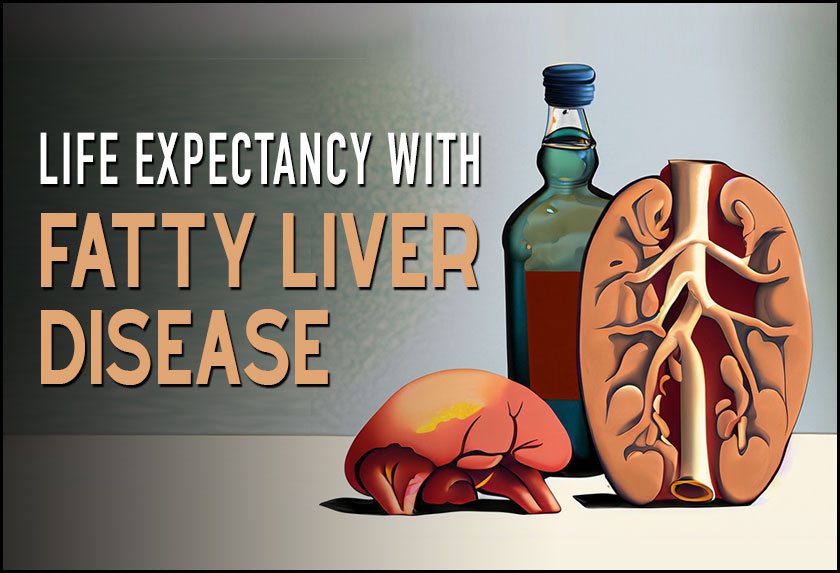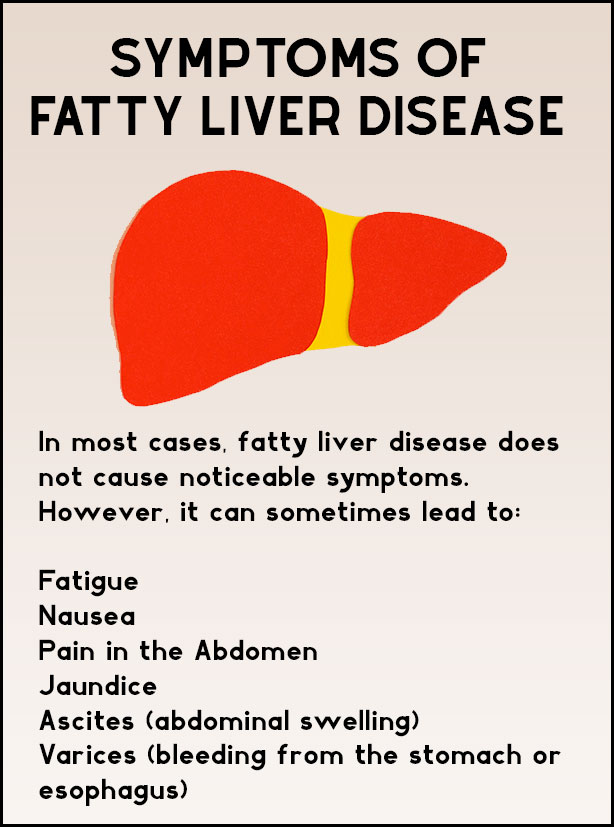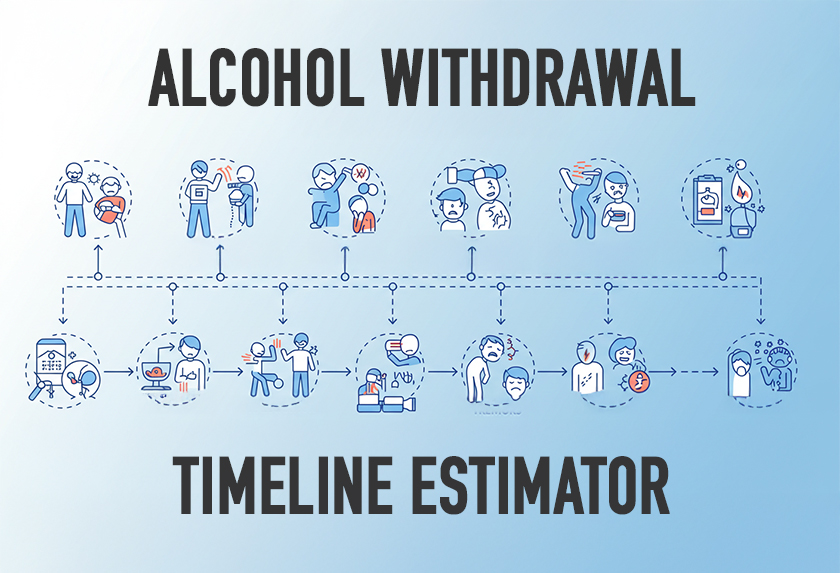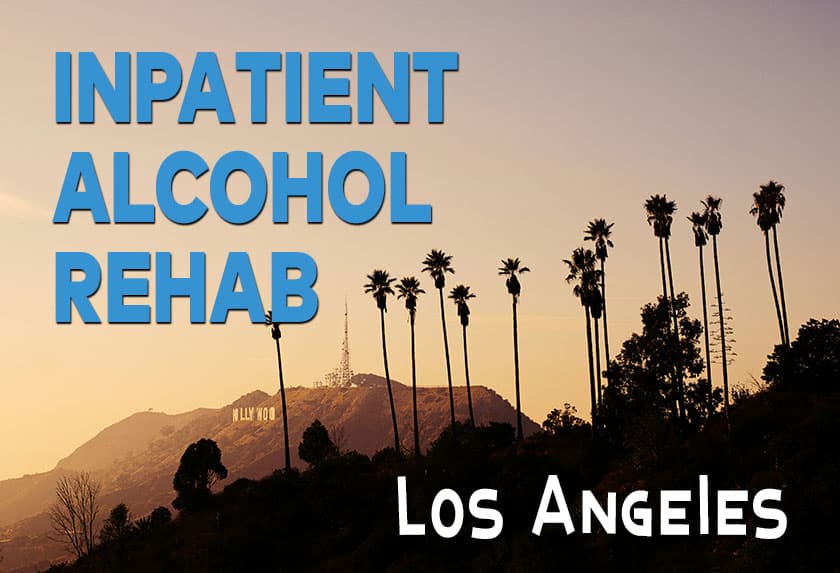Living with fatty liver disease can be a matter of concern for many individuals.
Fatty liver disease, also known as hepatic steatosis, is a condition characterized by the accumulation of fat in liver cells.
While excessive alcohol consumption is a common cause, non-alcoholic fatty liver disease (NAFLD) has also become increasingly prevalent due to factors like obesity, poor diet, and sedentary lifestyles.
As the diagnosis of fatty liver disease becomes more common, questions arise regarding its impact on life expectancy.
In this article, we will explore key aspects related to life expectancy with fatty liver disease.
Can You Live a Long Normal Life with a Fatty Liver?
A common concern among individuals is whether it is possible to have a long and normal life with fatty liver. The answer depends on various factors, including the underlying cause of the condition, lifestyle modifications, and timely medical interventions.
Types of Fatty Liver Disease
- Non-alcoholic fatty liver disease (NAFLD): The most common type not caused by alcohol consumption.
- Alcoholic fatty liver disease (AFLD): Caused by excessive alcohol intake.
For individuals with non-alcoholic fatty liver disease (NAFLD), the prognosis is generally positive.
NAFLD can often be managed and even reversed through lifestyle changes such as adopting a healthy diet, engaging in regular physical activity, and maintaining a healthy weight.
Making these adjustments can significantly improve liver health and overall well-being, potentially leading to a normal life expectancy.
Take a look at NIH and their Prospective Study of Outcomes in Adults with Nonalcoholic Fatty Liver Disease
On the other hand, alcoholic fatty liver disease (AFLD) presents different challenges.
Excessive and prolonged alcohol consumption can result in liver inflammation, scarring, and ultimately, cirrhosis.
Without curtailing alcohol consumption, the risk of developing advanced liver disease and other complications increases, impacting life expectancy. According to Medical Xpress advanced alcohol related liver disease is on the rise.
Seeking assistance from healthcare professionals and support groups to overcome alcohol addiction is crucial for individuals with AFLD to improve their prognosis and increase their chances of a long and healthy life.
Symptoms of Fatty Liver Disease
In most cases, fatty liver disease does not cause noticeable symptoms. However, it can sometimes lead to:
- Fatigue
- Nausea
- pain in the upper right abdomen
- jaundice (yellowing of the skin and eyes)
- ascites (abdominal swelling)
- varices (bleeding from the stomach or esophagus)
Diagnosis of Fatty Liver Disease
Fatty liver disease is typically diagnosed through a blood test and an ultrasound. The blood test checks for elevated liver enzymes, which indicate fatty liver disease. The ultrasound examines the liver for signs of fat buildup.
Life Expectancy of Stage 1 Fatty Liver Disease
Fatty liver disease is classified into stages based on the severity of liver damage, ranging from 1 to 4.
Stage 1 fatty liver disease is considered mild, with minimal inflammation and fat accumulation in the liver. At this stage, the liver functions relatively well, and with appropriate lifestyle changes and medical management, the prognosis is generally favorable.
Predicting an exact life expectancy for individuals with stage 1 fatty liver disease is challenging. Factors such as age, overall health, treatment adherence, and presence of other medical conditions significantly influence outcomes.
However, early detection, lifestyle modifications, and regular monitoring can greatly enhance the chances of living a long and healthy life for those with stage 1 fatty liver disease.
Complications of Fatty Liver Disease
If left unmanaged, fatty liver disease can lead to serious complications, including cirrhosis (scarring and damage to the liver) and liver cancer.
Fatty liver disease itself is a risk factor for the development of liver cancer.
How Long Does It Take Fatty Liver to Turn into Cirrhosis?
The timeline for the progression of fatty liver disease to cirrhosis varies from person
to person and depends on several factors. The underlying cause of the fatty liver is a primary factor.
Excessive alcohol consumption can accelerate the timeline in cases of AFLD. Chronic alcohol abuse leads to liver inflammation, scarring, and a gradual progression from fatty liver to alcoholic hepatitis, ultimately resulting in cirrhosis.
In the case of NAFLD, the progression to cirrhosis is generally slower, taking years or even decades. However, the presence of other risk factors like obesity, diabetes, and metabolic syndrome can accelerate liver damage and the development of cirrhosis.
Regular medical check-ups, a healthy lifestyle, and early intervention play a vital role in preventing or slowing down the progression to cirrhosis.
Treatment of Fatty Liver Disease
While there is no cure for fatty liver disease, it can be managed through lifestyle changes and, in some cases, medication.
Lifestyle Changes:
The primary approach to managing fatty liver disease is making lifestyle changes, including:
- Weight loss: Even a small amount of weight loss can reduce fat accumulation in the liver.
- Healthy diet: A diet rich in fruits, vegetables, and whole grains while limiting processed foods, sugary drinks, and saturated and trans fats is beneficial.
- Regular exercise: Engaging in at least 30 minutes of moderate-intensity exercise on most days of the week helps reduce liver fat and improve insulin sensitivity.
Medication:
In certain situations, medication may be necessary to treat fatty liver disease. Pioglitazone is a commonly used medication that improves insulin sensitivity and reduces fat accumulation in the liver.
How Long Will It Take to Reverse Fatty Liver?
The ability to reverse fatty liver depends on the underlying cause and the individual’s commitment to lifestyle changes.
For NAFLD, adopting a healthy diet low in saturated fats and added sugars, regular physical activity, and achieving a healthy weight can help reverse the condition.
The time required for reversal varies based on disease severity and individual factors, ranging from several months to years.
For AFLD, the crucial first step towards reversal is abstaining from alcohol. Alcohol abstinence, coupled with a healthy lifestyle, aids in improving liver health and potentially reversing the condition. Seeking professional help and support from healthcare providers or support groups is crucial in the recovery process.
Conclusion
Living with fatty liver disease doesn’t necessarily imply a reduced life expectancy.
With the right approach, including lifestyle modifications, early detection, and appropriate medical interventions, individuals with fatty liver disease can lead long and fulfilling lives.
Regardless of whether it is NAFLD or AFLD, taking proactive steps to address underlying causes and seeking professional guidance are vital in improving liver health and overall well-being.
To learn more about the impact of alcohol on liver health, including how long alcohol stays in your system and the stages of alcoholism, you can visit the following resources:
How Long Does Alcohol Stay in Your System
Stages of Alcoholism: A Guide to Early Identification and Intervention
Remember, early detection, lifestyle modifications, and regular medical monitoring are key to managing and potentially reversing fatty liver disease, allowing individuals to embrace a healthier future.






